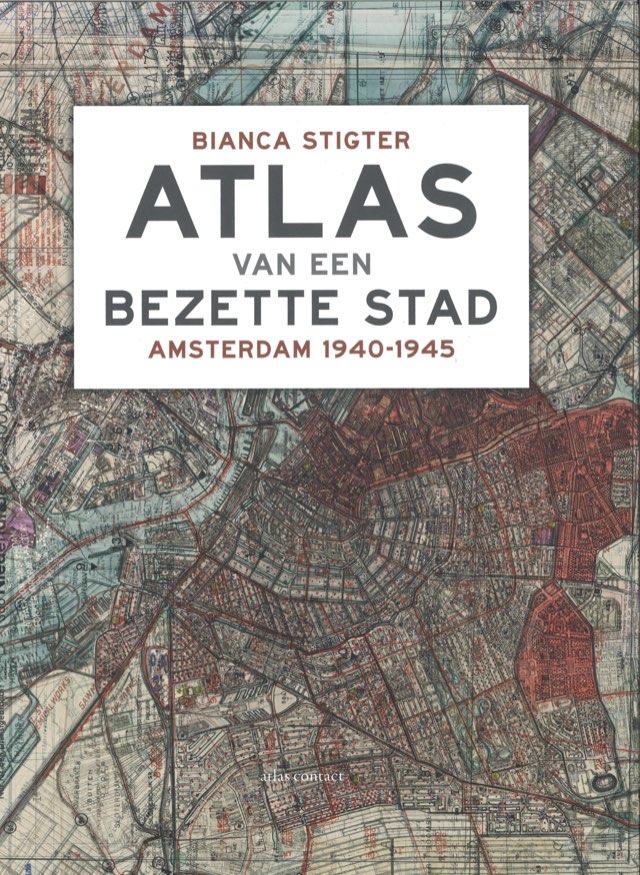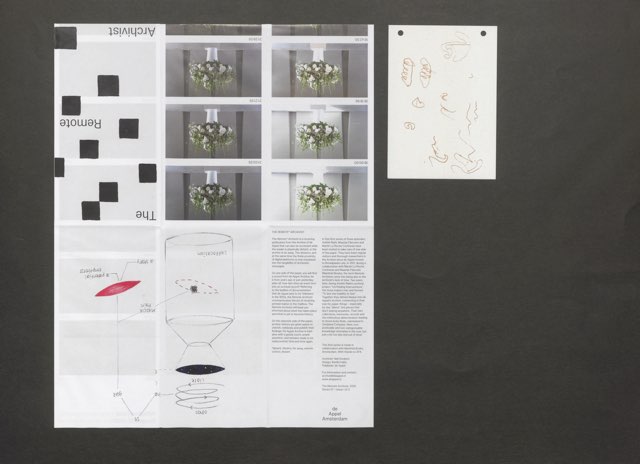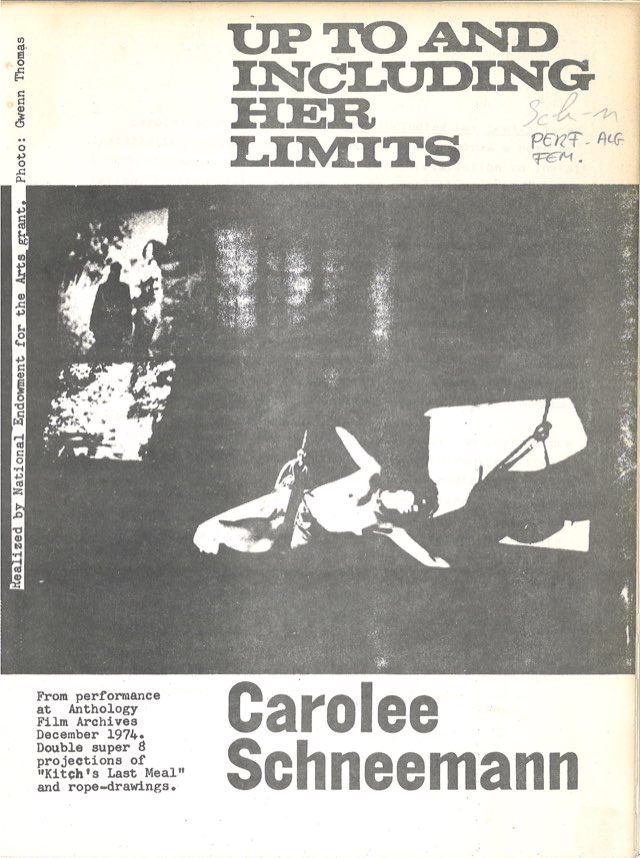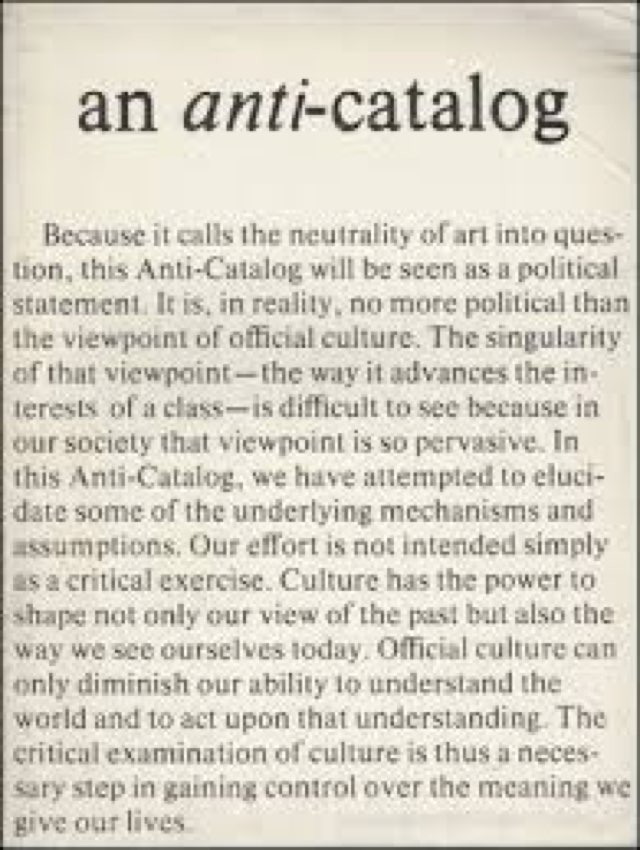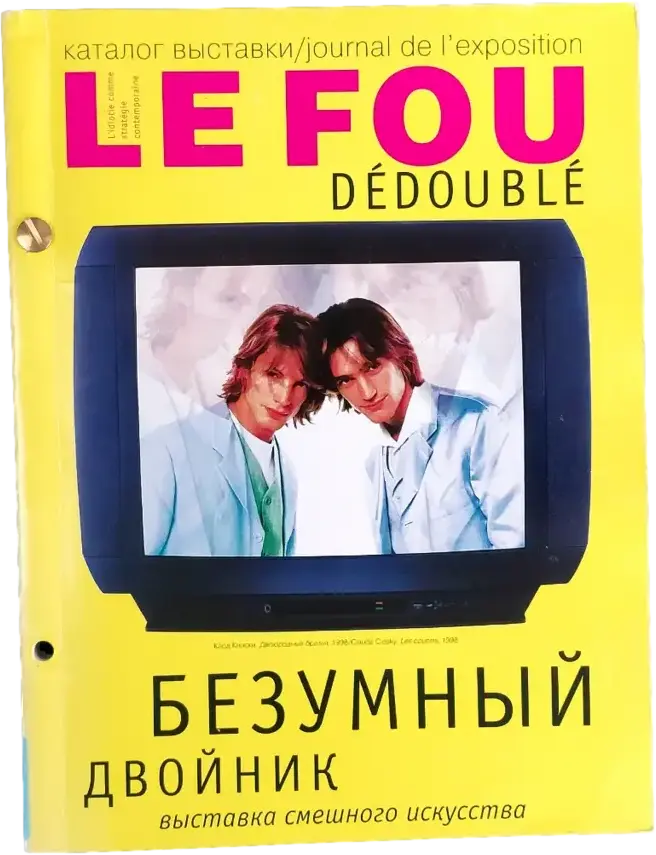Day for Night
de Appel, Schipluidenlaan 12, Amsterdam

What does it mean to perceive an artwork – and the artist who made it – in different light?
As de Appel reopens amidst profound social and environmental change, we rethink our future program and use the present to connect to makers of art and history – themselves connected to Amsterdam.
Introducing one artist, one work at a time, this series of focused presentations unfolds throughout Summer 2020. Each is accessible by appointment in the daytime and via livestream outside gallery hours. In this way we restart the simple ritual of welcoming the public to de Appel at our home address of Schipluidenlaan 12. And we also try to understand the altogether different spacetime that connects what we do to anyone around the world with access to www.deappel.nl while we redevelop our website.
Our night may be your day, and vice versa. It’s that simple but also not simply opposed. The situation allows for close encounters with works and their makers during the slow fade from day to dusk to night to dawn and again towards daylight.
June 23 – July 3, 2020
Livestream recorded on 6pm 27.06.2020 until 6am 28.06.2020
Bouquet IX (2012)
interpreted by Gerda's Bloemen en Planten on June 18, 2020
The process
We begin with someone who belongs to our worldly city in multiple ways, even as he is now based in Berlin. I ask if this artist would consider exhibiting one work from a series of conceptual flower arrangements he devised to be interpreted by local florists. After weeks of lockdown, we wish for such a sensual and symbolic experience to make better sense of the world. Willem de Rooij, decides on Bouquet IX from 2012, and you can start to learn more about this work by listening to the short interview we recorded on 23 June 2020 (above).
We also ask Willem to connect us to another local artist, whom he finds of particular importance. He suggests Avery Preesman. And we currently follow the lead to Avery, whose chosen work will be on view beginning on July 7th. He decides on the diptych Left Wing, 2008 and Studio Plateau, 2008-2009, a painting coupled with a sculptural relief. Like much of Preesman’s works, these two belong to the world; they are made to participate, to reflect, to study, to rethink and to be used as tools.
Avery then recommends the historian Bianca Stigter, specifically her Atlas van een Bezette Stad: Amsterdam 1940-1945 (Uitgeverij Atlas Contact, October 2019), which contains a foreword by former mayor of Amsterdam Job Cohen. This recommendation throws us for a loop as the idea was to connect to artists and artworks, but we must go with the flow of this living process. And Avery insists that a book is ‘a work’.
Day for Night: Interview with Willem de Rooij and Monika Szewczyk, 23 June 2020
July 7–17, 2020
Livestream recorded on 6pm 07.07.2020 until 6am 08.07.2020
(above)
Left Wing,: 2008
oil, varnish on linen
(below)
Studio Plateau, 2008-2009
sable cement, pigment on wooden frameBoth courtesy of the Artist
De Appel is honored to present the diptych “Left Wing” from 2008 and “Studio Plateau” from 2008–2009 by Avery Preesman.
The second artist in our Day for Night series of presentations has lived in Amsterdam for most of his life, though he was born in Curaçao. Brought to our attention by Willem de Rooij*, Avery Preesman chooses to share two works that form one dynamic relation: a painting and a sculptural relief. It has been over a decade since Preesman exhibited his work publicly, but this does not mean they have not been seen. These two works hung in the artist’s living space for him and his guests to study; and we hang them in our Aula at exactly that same height.
Height and flight are important as this work in part carries the experience of seeing two paintings of the Annunciation by two artists from other times, encountered at the Metropolitan Museum in New York some years prior to making his diptych. Somehow, we take inspiration from that memorable moment of public exhibition too and attempt a presentation that will inspire further reflection on Preesman’s approach, on the historic present and also on its transcendence.
Might this presentation restore the power of finding a private time and space inside the public sphere? Call this the spacetime wherewhen we can hear our selves as well as the voices of others more clearly. If you attend to what you hear as much as what you see, then our Aula – a daylit public forum with superb acoustics – is a perfect place to encounter Avery Preesman’s artistry. You may also choose to attend to his work in your private space by observing the livestream. To lend context, we share the audio recording of a conversation between Preesman and de Rooij, that took place in our Aula on 26 July 2020.
Interview with Avery Preesman and Willem de Rooij, 26 June 2020
July 21 - 31, 2020
Livestream recorded on 6pm 31.07.2020 until 6am 01.08.2020.
Bianca Stigter
De Atlas van een Bezette Stad 1940-1945
(2019, Atlas Contact)
Open to pages 452-453 and 473-473
De Appel is honoured to present Bianca Stigter’s Atlas van een Bezette Stad: Amsterdam 1940-1945, completed in the Fall of 2019 and published by Uitgeverij Atlas Contact.
For the third presentation in the framework of Day for Night, the artist Avery Preesman recommended the historian with the clear claim that what she has created in her extraordinary book is something to which every work of art should aspire. Stigter calls it a time machine. And thus it is very much a work of art and history.
Bianca Stigter began researching the Nazi occupation of Amsterdam in 2003 and published her first findings in 2005. The Atlas then resembled more of a guide that could be carried in the streets of the city. After this first publication, many more people, books and historical records came her way and it became clear that a much broader volume needed to be made. She set to work for another five years and with the second printing is able to address over 3000 street addresses in Amsterdam and the related lives and deaths of individuals, families and organizations. Now, following the publication of the second edition, still more information comes to light. The Atlas is therefore also a work in progress.
Street by street the book tells us what happened in Amsterdam during the Second World War and reveals the new infrastructure of the city. It describes from what buildings the German occupiers operated, how the Jewish citizens were isolated and deported, where the major resistance organisations were located, where people were imprisoned or executed.** One question that arises while studying this historic and spatial record is: how much of today’s Amsterdam is an open book? This applies to the built environment, but also to our fellow citizens. If we cannot ever know them completely, how might we remain vitally connected? So that no one can disappear – or appear as anything less than a full person.
Until July 31, we make Bianca Stigter’s Atlas of an occupied city available in different light: two copies will reveal two double-page spreads, on each night – via livestream – and the full book may be consulted in person during daytime visiting hours. Considering her presentation within the frame of Day for Night, Stigter wanted to remind us that we have in view a book that is printed in multiple copies, unlike a unique work of art. The books are available for purchase in de Appel’s bookstore if you are able to visit our Aula at Schipluidenlaan 12. Here, you are very welcome to spend time, to read and to reflect.
Please note that - while the book is written in Dutch - we make an an effort to make Bianca Stichter’s vital research as broadly accessible as possible. Our Exhibition Hosts will offer live translation when you visit. Meanwhile, this presentation is also an opportunity to raise awareness about the need for an English translation.
If you understand Dutch, you may also wish to listen to the conversation between Bianca Stigter and Avery Preesman, recorded on July 7, 2020. An English transcript is forthcoming.
* We are grateful to Avery Preesman for introducing us to Bianca Stigter and for his generous presentation of the diptych Left Wing from 2008 and Studio Plateau from 2008-2009. For access to the full visual documentation of the unfolding process of Day for Night you are welcome to contact our Archive Curator, Nell Donkers, at library-archive (at) deappel.nl
** De Appel's current address does not appear in Bianca Stigter's Atlas, as Nieuw West was developed after the Second World War; but in her book we find out that our first address, the historic warehouse called De Appel at Brouwersgracht 196, was a few doors down from a gun storage facility Brouwersgracht 204 Pakhuis. Wapenopslagplaats van de BS (Binnenlandse strijdkrachten).
Day for Night: Interview with Bianca Stigter and Avery Preesman, 7 Juli 2020
22 July 2020, the author reads pages 16-17, Een huis uit 1740 [A house from 1740]
22 July 2020, the author reads pages 88-89, Oude Schans - Prins Hendrikkade
23 July 2020, the author reads pages 124-125, Prins Hendrikkade - Rokin
23 July 2020, the author reads pages 136-137, Houtrijkstraat - Spaarndammerdijk
24 July 2020, The author reads pages 198-199, Singel - Thorbeckeplein
24 July 2020, The author reads pages 210-211, Weesperbuurt, Plantage, Oostelijke Eilanden
25 July 2020, the author reads page 243, Joodse wijk, Joodse straat, Joodse gracht [Jewish neighbourhood, Jewish street, a Jewish canal]
25 July 2020, The author reads pages 244-245, Joodse Wijk, Joodse straat, Joodse gracht (Jewish neighbourhood, Jewish street, Jewish canal)
The author reads page 254-255, Waterland Achterlaan- Durgerdammerdijk
The author reads pages 278-279, Jan van Galenstraat - Haarlemmerweg
29 July 2020, the author reads pages 280-281 Rochussenstraat - Bilderdijkkade
The author reads pages 342-343 Van Miereveldtstraat - Museumplein
30 July 2020, the author reads pages 372-373 Emmalaan - Havenstraat
The author reads pages 388-389 Hygieaplein - Olympisch stadion
31 July 2020, the author reads pages 452-453, Oostelijke Handelskade
31 July 2020, the author reads pages 472-473, Transvaalkade - Tugelaweg
August 11 - 21, 2020
Livestream recorded on 18:00 19.08.2020 until 06:00 20.08.2020
Quinsy Gario with Glenda Martinus
kaleidoscopic visions of ‘Liberashon (Liberation)’, 2019-2020
mirrors, tripods, turning table, wood; coversations, memories, sibling solidarity, maternal love, model of demonstration route on Curaçao, 30 May 1969, made from Albert Heijn packaging, stickers (numbered and non-numbered), cotton and tea lights.
Courtesy of the artists
De Appel is honored to present the artwork Liberashon (Liberation) by Glenda Martinus within a viewing apparatus devised by Quinsy Gario. The work invokes Trinta di Mei, the popular uprising on Curaçao in 1969 and the hope of liberation from the Dutch colonial system on this and neighbouring islands.
For this, the fourth presentation in the framework of Day for Night, Bianca Stigter, author of 'Atlas van een Bezette Stad: Amsterdam 1940-1945' (just presented and which remains in our archive and bookstore) recommended Quinsy Gario with the following note:
“Of course I have been thinking as well about the artist to come after me, and the person who came to mind first is Quinsy Gario. The abolishment of Black Pete in the Netherlands had a very important starting point in his art project ‘Zwarte Piet is racism’. If ever there was an artwork with a huge direct impact on society in the Netherlands it is this. I know Gario has moved on from this project. I am very curious what he would show in this context of Day and Night at de Appel. Maybe he will anchor some much needed West Indian history to Amsterdam — which is just as important to the city and its inhabitants as what happened here.”
Accepting the invitation, Gario decided to involve his mother Glenda Martinus in Day for Night. Making art with family members and downplaying the individual in the creation process is a common thread for Gario. Liberashon has previously been presented as part of a performance by mother and son that tells of the events and consequences of Trinta di Mei, called Whiskey In A Crate.
Trinta di Mei is Papiamentu for May 30 and refers to the strike of underpaid, black workers at the Shell refinery on May 30, 1969, which turned into a fully fledged popular uprising of black residents on Curaçao. The conflict between Shell and its employees escalated when Shell started firing black workers only to get them hired again by a third party, the subcontractor Wescar, for much lower wages. On May 30, 1969, 5000 people lay down their work tools and make a march from the Shell refinery to the center of Willemstad. Then things go wrong. The emotions about injustice cannot be swallowed any longer. The march gets out of hand, the police fire shots, two people are dead, a union leader is hospitalized with a serious gunshot wound and the city center of Willemstad is on fire. The Netherlands sends 300 Marines to "create order," which the UN sees as an undesirable colonial display during a justified rebellion against social and political inequality on the island.
Gario decided to involve his mother Glenda Martinus fully in the project when he realized that he retold her story about May 30; after all he was not yet born, unlike Martinus. Her father, his grandfather, worked as a carpenter at Shell's recreation room during the rebellion. She still remembers exactly how that day unfolded, when she had to find a way home from a burning city center on her own. For Liberashon, Martinus used, among other materials Albert Heijn soy, rice and almond milk cartons, invoking another controversial corporate presence on the island. In transforming these containers into important landmarks such as the Martinus family house, the elite supermarket Henderson, the Shell refinery and the school and church in the center of Willemstad, she shows the depth of Dutch involvement on the island today and counters wasteful economic policy.
May 30, 1969 is often forgotten in official accounts of Dutch history, yet the rebellion against racism, inequality and skewed socio-economic relations between white and black inhabitants of the island, proved an important turning point. The government resigned, the collective labor agreement was resolved, and the rubble was cleaned up. But is equality now a matter of course, 51 years after the popular uprising?
More questions arise: is history repeating itself again, now that a large part of the population of Curaçao lives in poverty and has recently rebelled against their situation? Geopolitical strife in the region and global economic inequalities aggravated by COVID-19 have only increased pressure on the boiler. A lot has changed after Trinta di Mei, but has enough changed?
You can listen to a conversation between Quinsy Gario, Glenda Martinus and Bianca Stigter below, in which they discuss the project as well as Gario's Zwarte Piet is racisme.
Full disclosure: Quinsy Gario is a Board member of de Appel. His participation in Day for Night, at the invitation of Bianca Stigter, has been unanimously approved by this Board.
Day for Night: Interview with Quinsy Gario, Glenda Martinus and Bianca Stigter, recorded via Zoom on 20 July 2020.
25 August - 4 September, 2020
Livestream recorded on 18:00 02.09.2020 until 06:00 03.09.2020
Protest banner used in action to ensure toilets on NS Sprinter trains, 2013
Banner made in collaboration with Dunya Verwey
old bedsheet, black marker, and four broomsticks
photo of Nora Rozenbroek (1944-2012), one of the first Dolle MinasCourtesy of the artist
Audio recording with Nora Rozenbroek, Selma Leydesdorff, Rita Hendriks, Dunya Verwey, Claudette van Trikt, Michel Korzec, Alex Korzec a.o.
"Once and always" repeated Claudette van Trikt in her conversation with Quinsy Gario that made a deep impression. "Once a Dolle Mina, always a Dolle Mina". No "hopping" between different topics of indignation but faithful to a struggle that is still undergoing: the struggle for equal rights for women and men, for people of colour and of all classes, for a just world.
With great pride and respect we present a selection from the work and life of Claudette van Trikt, a Dolle Mina from the very beginning, co-creator of the reader Zwarte Sociologie (Black Sociology), advocate of toilets in trains and public places, and an educational revolutionary. This is the fifth and final edition of Day for Night, a programme in which the artists themselves chose who would be presented after them. Willem de Rooij chose Avery Preesman, who invited Bianca Stigter, who in turn asked Quinsy Gario. Gario says the following about his choice for Van Trikt:
"I invited Claudette van Trikt as she is one of the first intersectional activists in the Netherlands. She was the first Black Dolle Mina, and this year it is 50 years since the formation of the Dolle Mina's in 1970. For me it was important not only to talk about her activism, in the past and more recently in 2013, but also to talk about performative actions, colonial legacies and decolonizing the mind. The current fight against injustice owes a lot to the efforts of people like Mrs van Trikt and it is necessary to keep remembering those efforts, known and lesser known".
We remember thanks to the generous support of Van Trikt, as she opens up a selection of her archive, as we present the banner which was used in 2013 during the protests for the right for public toilets in so-called sprinter trains. The reader Zwarte Sociologie (Black Sociology), which is at the heart of her revolutionary educational efforts, can be read as a scanned copy at de Appel.
Come by, take your time. Once and always.
Listen to the full conversation between Van Trikt and Gario below.
Interview with Claudette van Trikt and Quinsy Gario, recorded on 17 August 2020
